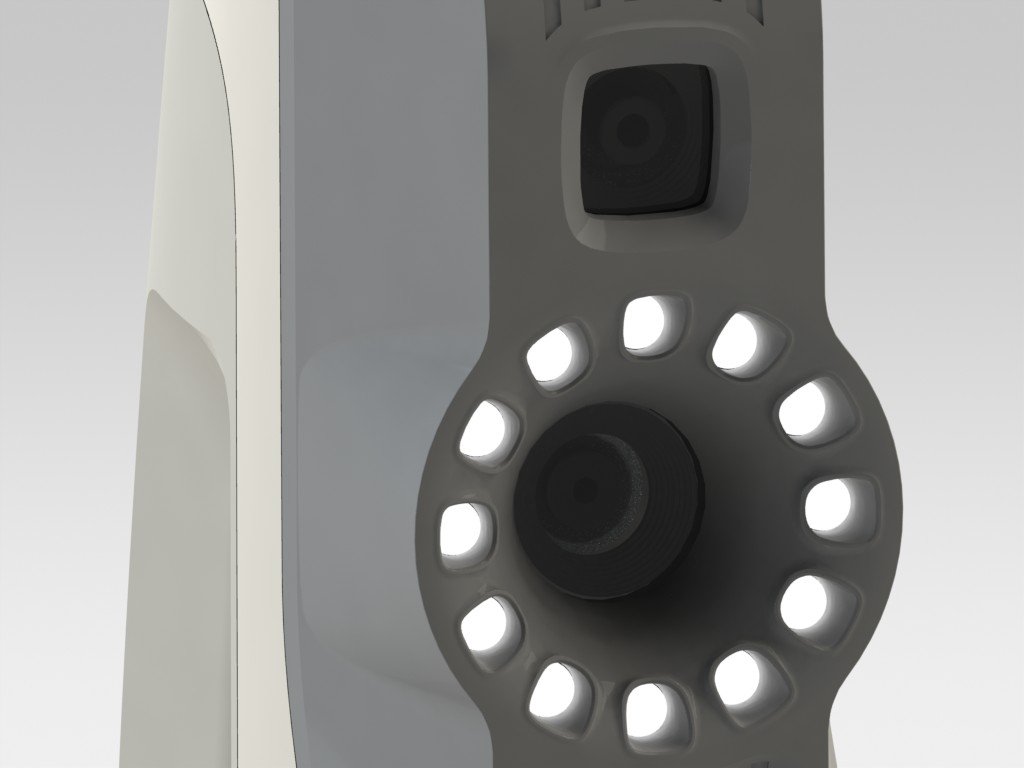Picking A Bone:
How 3D scanners have helped forensic anthropologists save data processing time and increase productivity
3D scanning is rapidly changing the engineering world. It allows for actual, physical objects to be very accurately made into 3D computer models that can be used for reverse engineering, modification, or a vast number of other processes.
Scanned models also allow experts or specialists to view the objects from anywhere in the world, which can make significant time savings. In the case of forensics, it can also give insights that would otherwise be missed for lack of a local specialist.
Case Study
“Hours after a semi-decayed leg emerged from a river in northern California, sheriff’s deputies acted quickly. They hurried the remains to three specialists: a medical pathologist, an archaeologist, and a veterinarian. The first two believed the leg to be human, while the vet disagreed, concluding that it was non-human.
Cut marks on the bones signified that the leg had been forcefully sawn off. So, with that in mind, it was decided that the remains must be human. A search and rescue team was quickly brought together, with sheriff’s detectives and deputies all joining in. Three days of methodically combing over the surrounding riverbanks and landscapes proved fruitless. That’s when a forensic anthropologist was brought in, for a 4th opinion. Without hesitation, the leg was identified as that of a black bear, most likely discarded by a hunter somewhere upstream.“
Increased productivity
In the above case described on Artec’s website, thousands, if not tens of thousands of dollars were wasted as a result of a false diagnosis. This could have been prevented if the bone in question had been scanned immediately, printed out, and the models presented to an expert.
In cases like this, it is especially important that an accurate diagnosis be made as soon as possible. If the bone had belonged to a human, the expense of searching would have been justified to find the victim.
The real benefit of 3D scanning and printing for forensic anthropologists (as well as law enforcement agents) in this instance would have been the time saved. Instead of wasting manpower in sweeping for human remains for days, an accurate reproduction of the bone and a quick analysis by the correct expert would have resulted in a lot of time saved and increased productivity through using that manpower for more effective tasks.
Data Processing Time
In the identification of remains, the traditional methods of skull measurement fall short, being two-dimensional and thus, less accurate. A more recent method of skull measurement is the Geometric Morphometric analysis, which introduces the use of a 3D scanner for quicker and more accurate measurement, leading to a shorter processing period and better results in identification.
The old methods of identification through skull analysis take longer to accomplish, and while they are undoubtedly effective, time can be saved through 3D technology. By scanning a skull and then making use of complementary software, which is designed to analyze the scans and identify sex and ancestry, forensic anthropologists can reduce their data processing time and still produce reliable results.
At My Engineering, we provide a 3D scanning service should you need 3D scans performed. Other services include: reverse engineering, 3D scan processing, and 3D scan inspection.
We also sell 3D scanners, and we provide a top quality training and after sales service. Our team uses these scanners on a daily basis, so they have a real interest in 3D scanning and great product knowledge.
If you are in the market for a 3D scanner, please get in touch with us, so we can point you in the right direction and help you to buy the right scanner for your application.
Original content for this post provided by Artec3D


